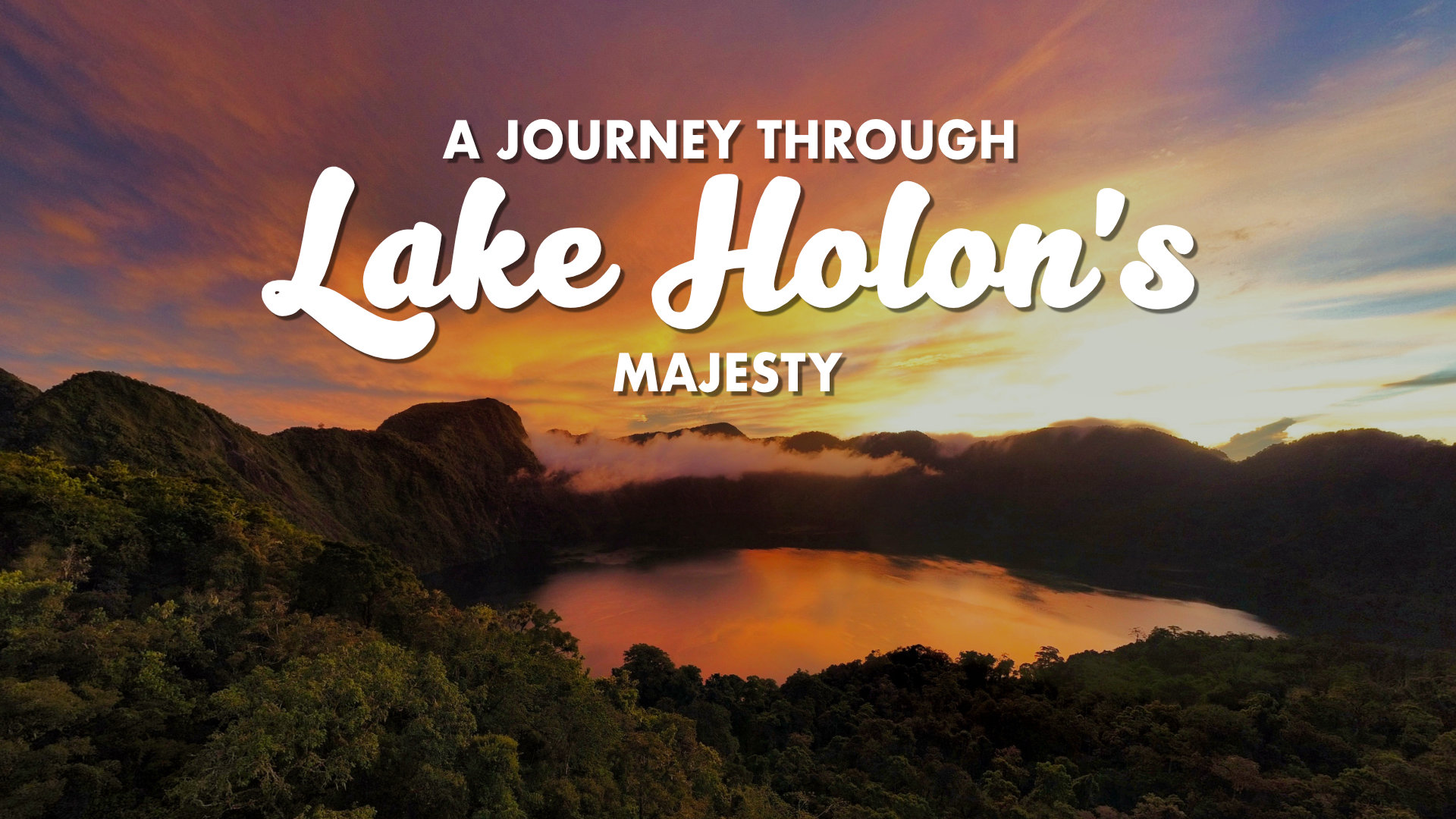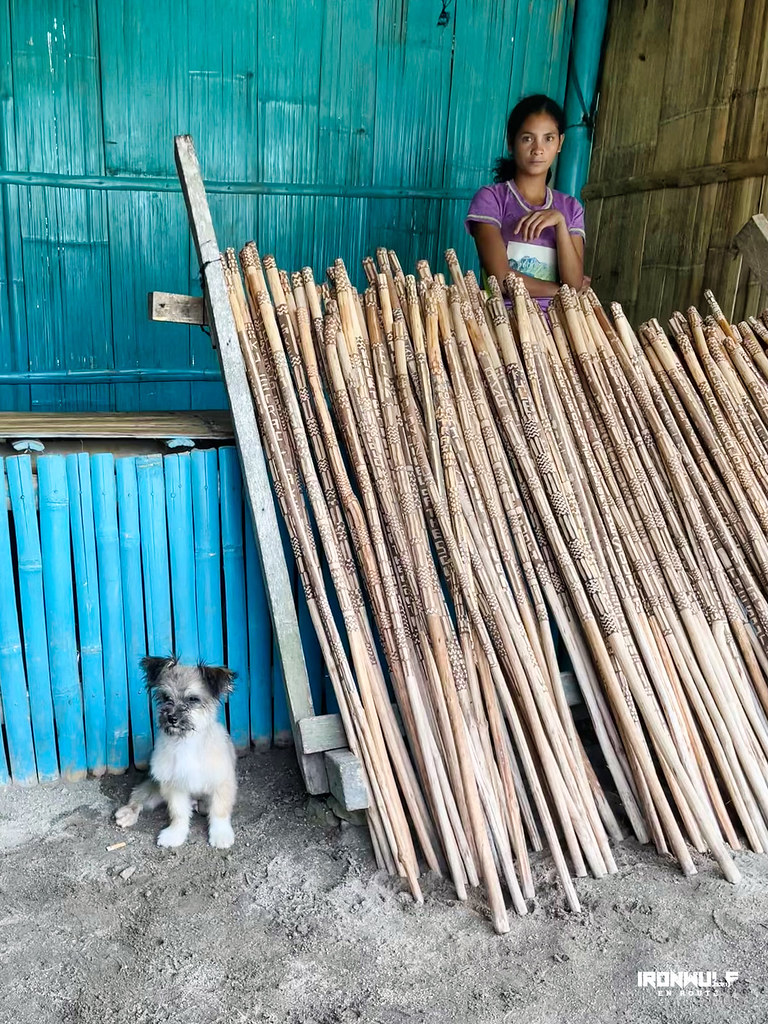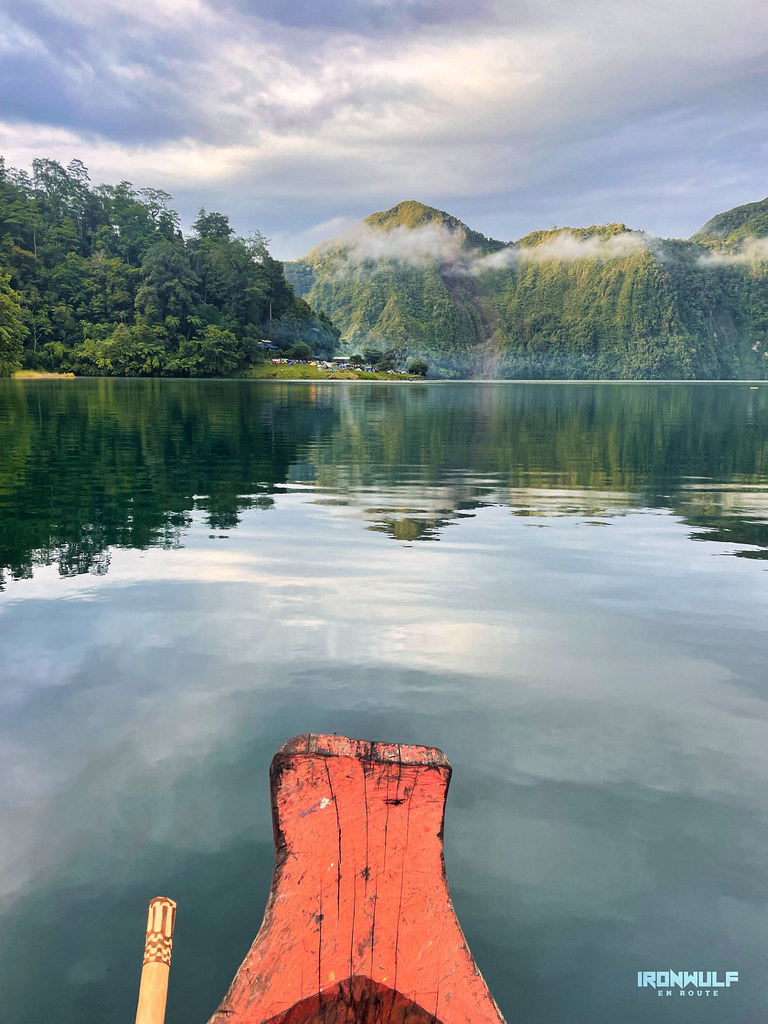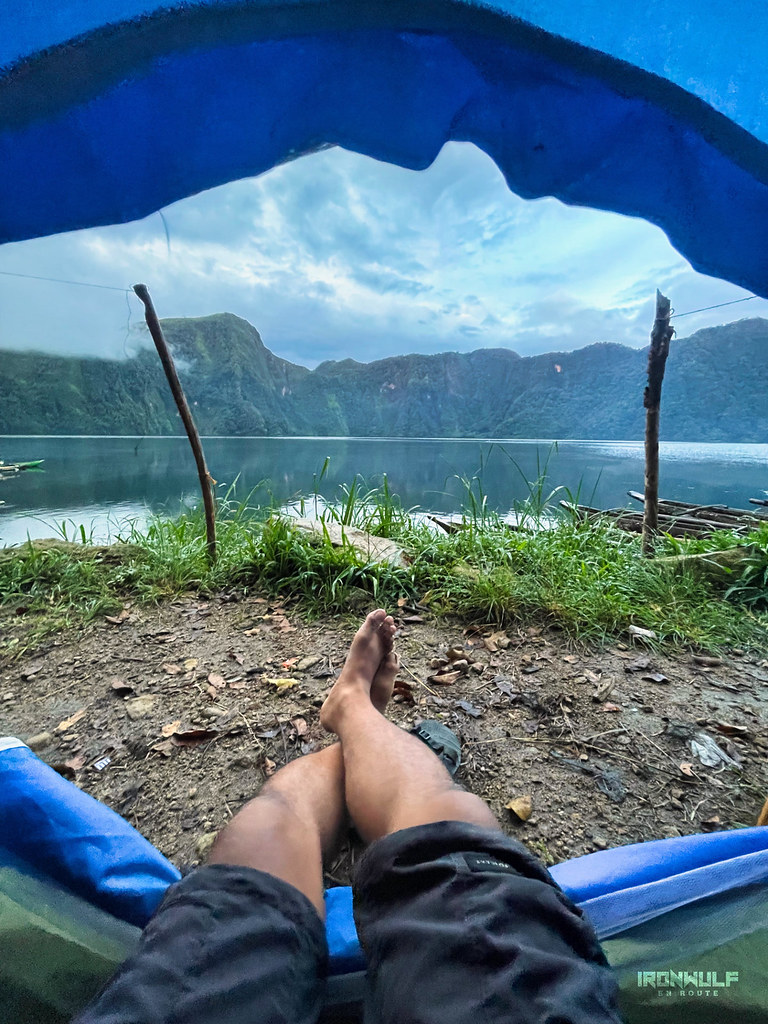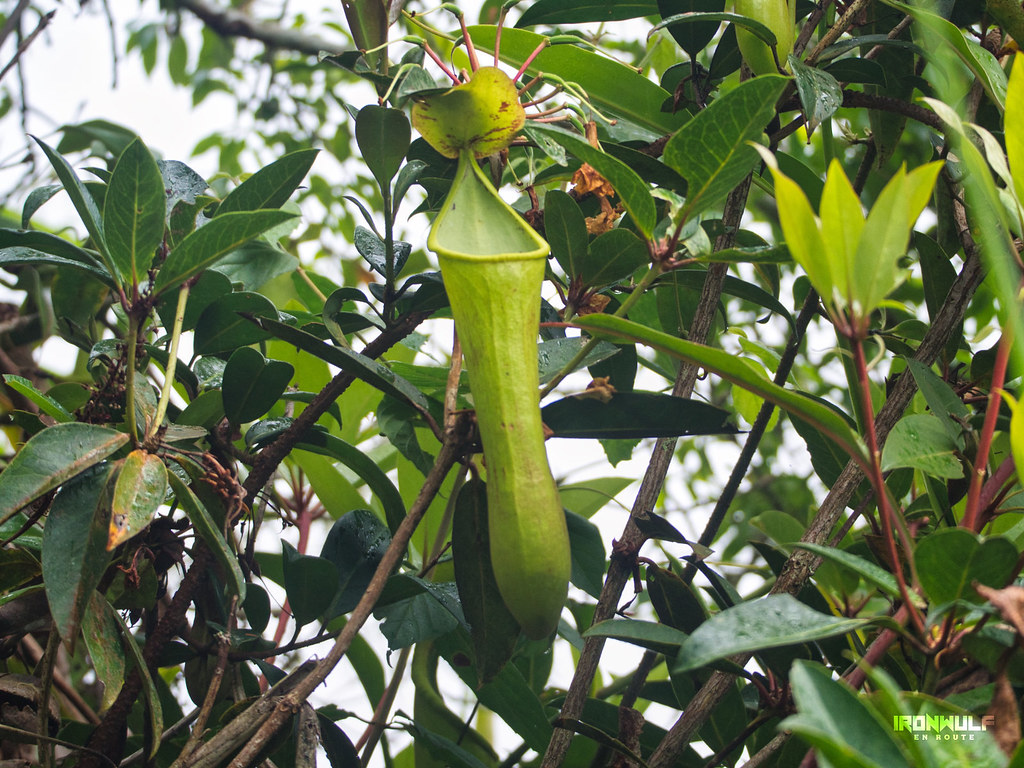The prospect of waking up at 3:00 am for a 4:00 am hike back to the Lake Holon Receiving Area might seem improbable, but a midday event at Lake Sebu necessitated our prompt departure from this enchanting crater lake. Venturing back through the Salacafe trail – the easier yet longer 9km route – we commenced our journey, putting in the effort to tackle the continuous ascent from the base camp. By 5 am, we reached Salacafe Viewdeck, where the morning sky painted the landscape in captivating hues. Recognizing the opportune moment, I launched my drone, capturing the sublime beauty of Lake Holon at this early hour.

Lake Holon: The Crown Jewel of the South
As the sun gradually illuminated the 15 peaks encircling Lake Holon – forming a natural crown – the lake unveiled itself as the “Crown Jewel of the South”. Nestled within the Busa Mountain Range in T’Boli Municipality, South Cotabato, Lake Holon rests as the crater lake of the inactive stratovolcano, Mt. Parker. This region, encompassing Mt. Parker, Mt. Busa, and Mt. Three Kings, stands as the last stronghold of forest concentration in Mindanao.
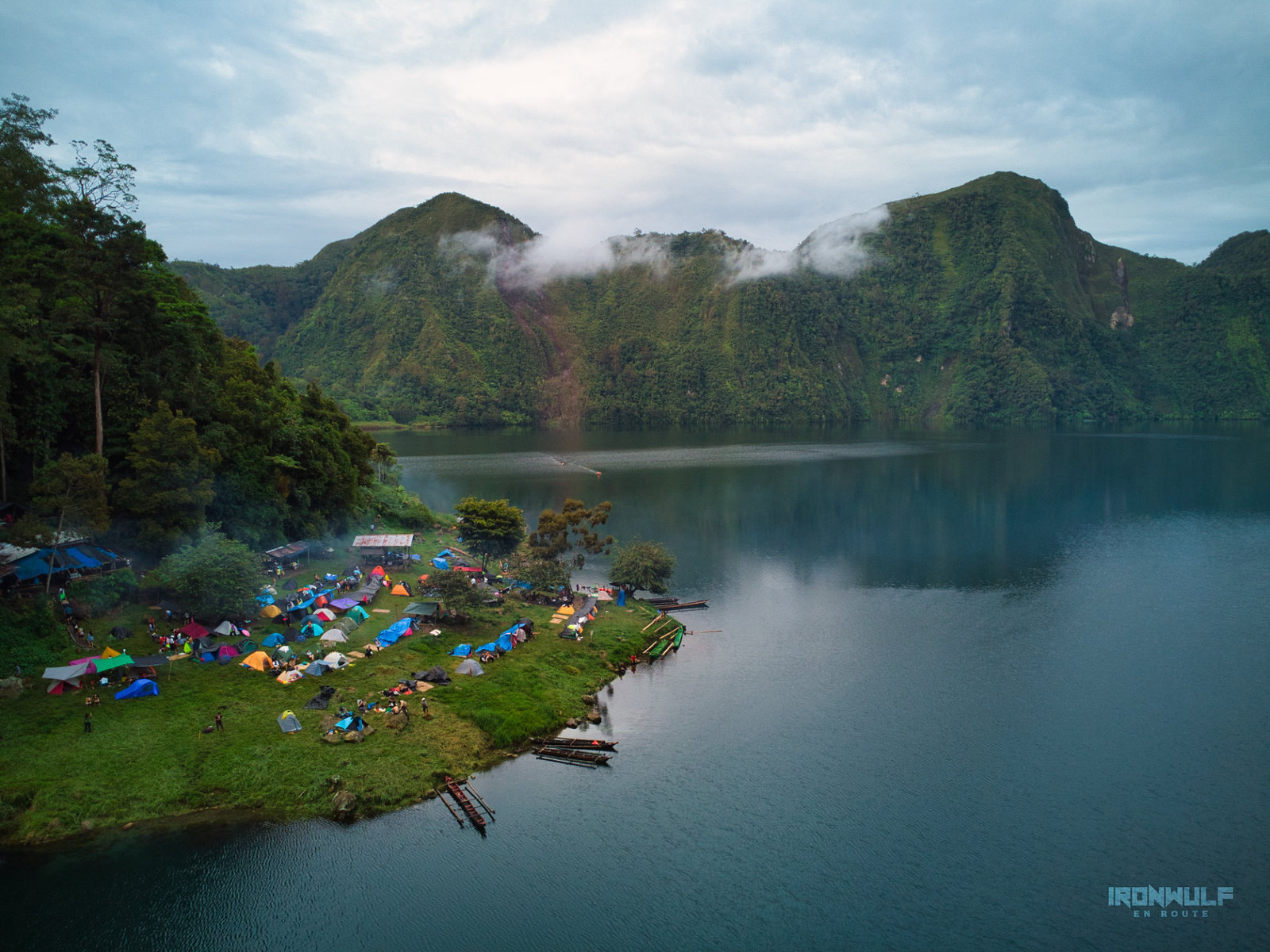
T’Boli Sacred Mountain
For the T’Boli people, renowned for their rich traditions, artistry, and way of life, Mt. Parker and Lake Holon hold sacred significance. The 15 peaks surrounding the mountains symbolize guardians, with each trail station personifying a guardian. The name of Lake Holon transformed in 2002, replacing the former name, Lake Maughan – linked to a devilish witch – with “Holon,” a T’Boli word meaning “deepwater” or “portal to heaven.”
Prospering Tourism
Commencing our Lake Holon journey in T’Boli municipality, we lodged at the Crown Jewel Hotel and registered at the nearby Tourism Office the next day. Since 2016, the influx of tourists compelled authorities to limit campers to 200, aiming to mitigate the impact on the trail and campgrounds. Lake Holon garnered acclaim as the cleanest inland body of water in 2003 and 2004 as part of the Allah Valley Protected Landscape and earned a spot in the “Top 100 Sustainable Destinations” by the Green Destinations global community in 2016–2017.

Habal-Habal Experience
Integral to the Lake Holon adventure is the Habal-habal (motorcycle) ride. Departing from the tourism office, this hour-long ride navigates rough trails to the receiving areas of Kule Trail and Salacafe Trail. One habal-habal accommodates two passengers, providing a bumpy yet respect-worthy journey through challenging terrain.
Opting for the Kule Trail, we received a warm welcome at Gono Bong, a T’Boli big house, serving as a reception, orientation, and accommodation hub for hikers. After briefings, prayers, and a delightful taste of banana donuts, we embarked on our trail. For those preferring to avoid the habal-habal ride, vehicles can transport them to the Salacafe receiving area.
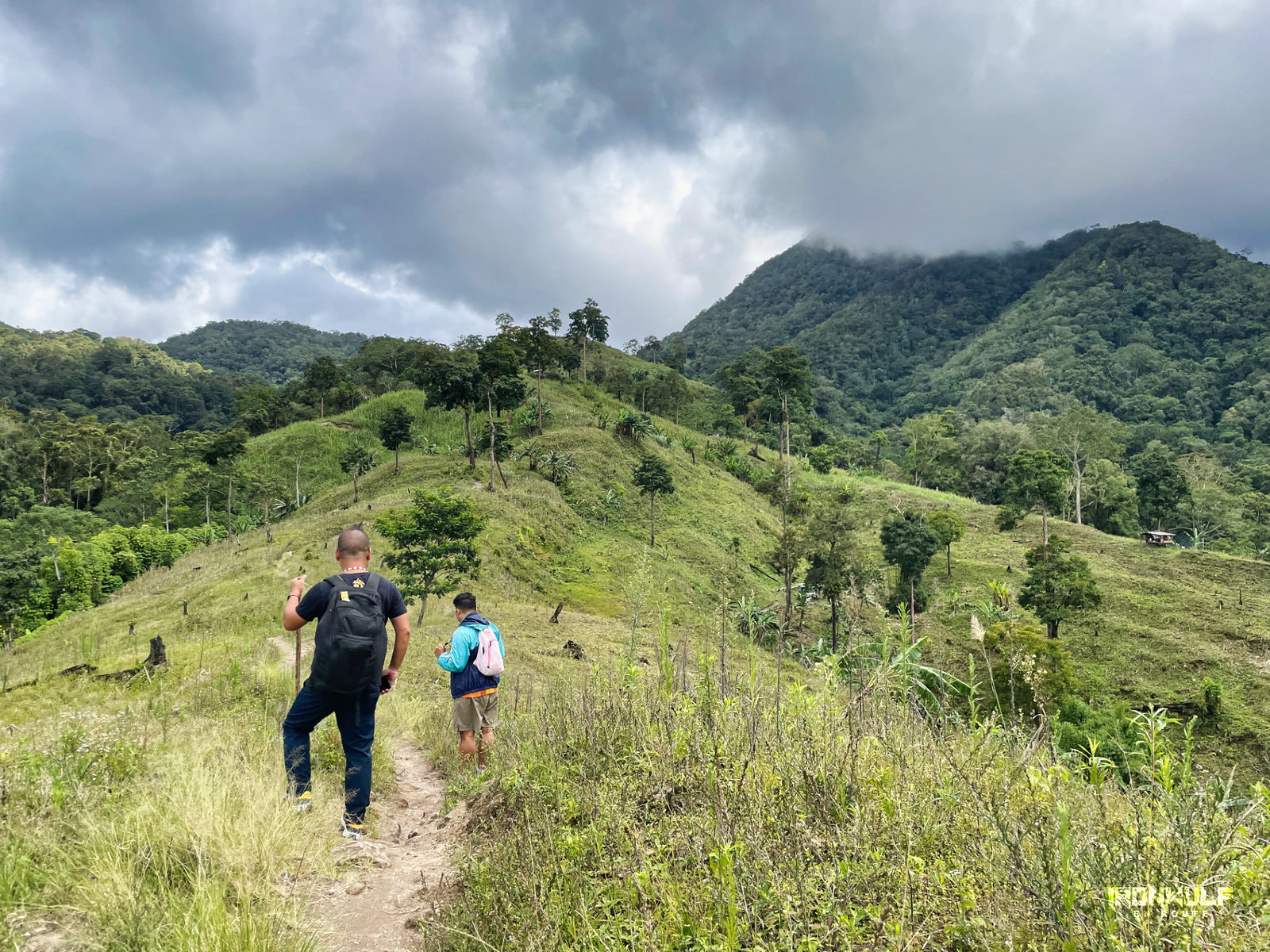
Kule Trail
Ranked as a level 6 difficulty trail for mountaineers, the 7.2 km Kule Trail has five rest stations. The initial hike passes through Sitio Kule, a small community, and an open hilly trail with banana and pineapple plantations. Our starting elevation for the hike is 1280 masl, the trail winds through abaca plants, coffee plants, streams, and endemic pitcher plants, showcasing a remarkably pristine environment.
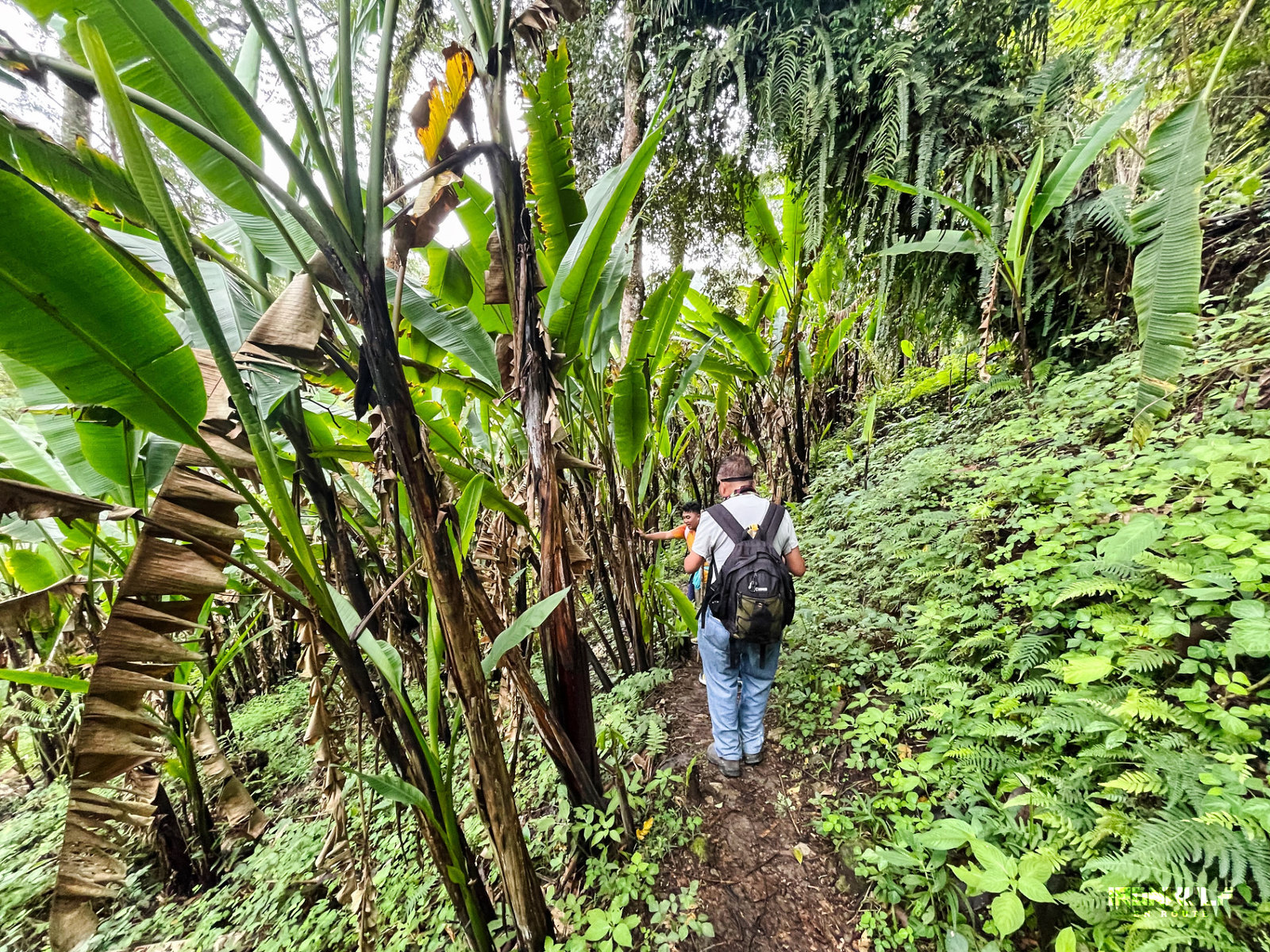
Taking shelter during a squall at a rest stop, we proceeded to Station 3, the residence of guardian Asam Blek, for a quick lunch. Surprisingly, locally brewed coffee and ube pancakes were available at affordable prices. Ascending further to Station 4, the popular view deck, the mist obscured our initial view, but patience revealed the mystical panorama of Lake Holon and its surrounding peaks.
For day trippers, this marks the turnaround point. As campers, we descended further to the lake level, where dugout boats awaited at Station 5 to transport us to the designated camping ground.
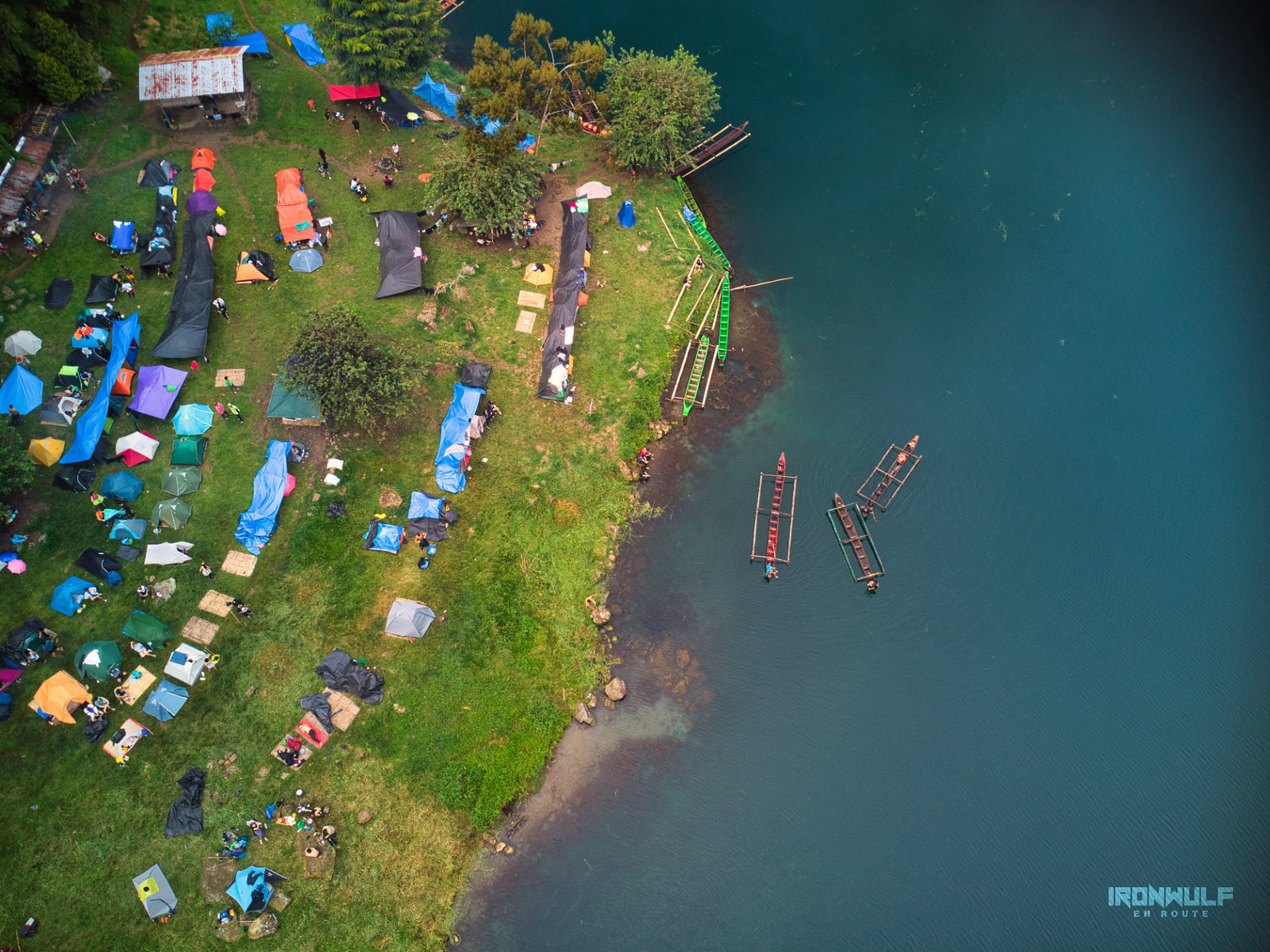
Lake Holon Camp
Traversing the still waters on dugout boats, we reached our campsite. Surrounded by the vastness of the lake and towering caldera walls, serenity enveloped us. The LGU permits only minimal facilities – clean restrooms and shower rooms. Our tents nestled near the lake, and a sumptuous dinner of bulalo, tilapia, and adobo, prepared by cook and guide, Reginald, awaited. A stroke of luck allowed for a massage session, providing a well-deserved respite for our weary bodies. The 10 pm curfew at the campsite was adhered to by most campers, ensuring a peaceful night.
Salacafe Trail
Embarking on the Salacafe Trail at 4 am, we ascended a forest trail, surrounded by the symphony of birds and insects under the darkness. The 9 km trail, considered easier, unfolded with gradual slopes after an initial steep climb. Salacafe Viewdeck, although not as open as the Kule Trail, offered a distinct perspective of Lake Holon at sunrise, complemented by a bird-watching opportunity.

Holonized!
Completing the trail in about 4 hours, we rode habal-habal for the last leg to catch our scheduled ride. Lake Holon left an indelible mark; we were holonized by its beauty and the unique experiences it offered.

Helpful Information
- Lake Holon maintains a visitor cap of 200 per day, necessitating bookings. Contact Lake Holon Tourism Office here: facebook.com/LakeHolonOfficialPage
- For a seamless experience, consider arranging your tour through F and J Travel and Tours (facebook.com/FANDJTRAVELANDTOURS). Many thanks to Andrea of F and J who hiked with us, our able and knowledgeable guide, Jodhell, and cook/guide Regie for taking care of us.
- The lake is closed for tourism from the 1st Saturday of January until the 2nd Saturday of March for nature recovery.
- When hiking on a day trip, be prepared for rain, as the mountain has its microclimate.
- Due to its sacred status, the consumption of alcoholic beverages is discouraged.
- To preserve the serenity of the surroundings, minimizing noise pollution is encouraged. This includes refraining from using Bluetooth speakers during hikes or at the campsite, as such noise disrupts the natural habitat and birdlife.
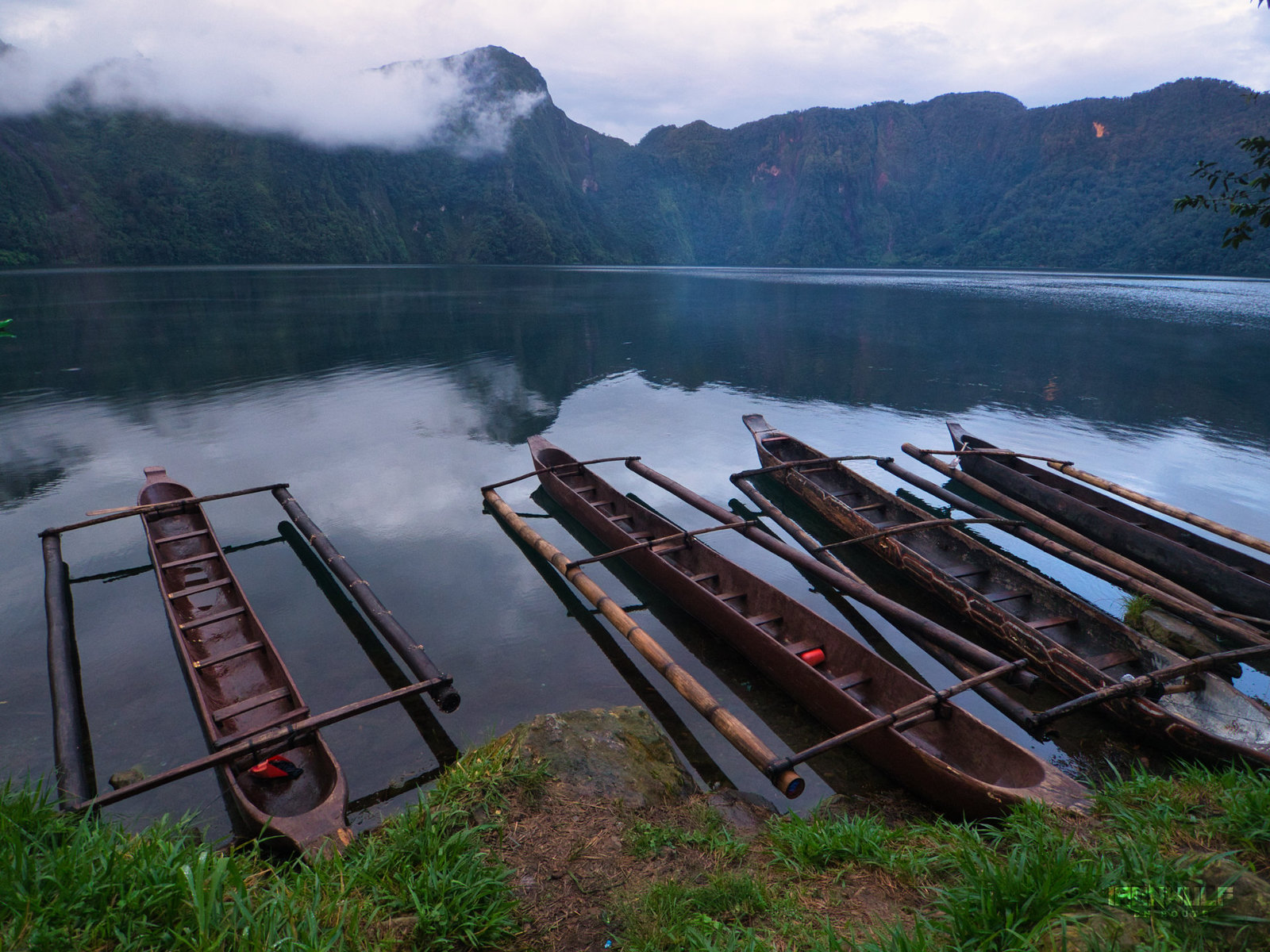


Ferdz Decena is an award-winning travel photographer, writer and blogger. His works has found print in publications such as Singapore Airlines’s Silver Kris, Philippine Airlines’ Mabuhay, Cebu Pacific’s Smile and Seair InFlight. He has also lent his expertise to various organizations like the Oceana Philippines, Lopez Group Foundation, Save the Children and World Vision, contributing quality images for their marketing materials.
